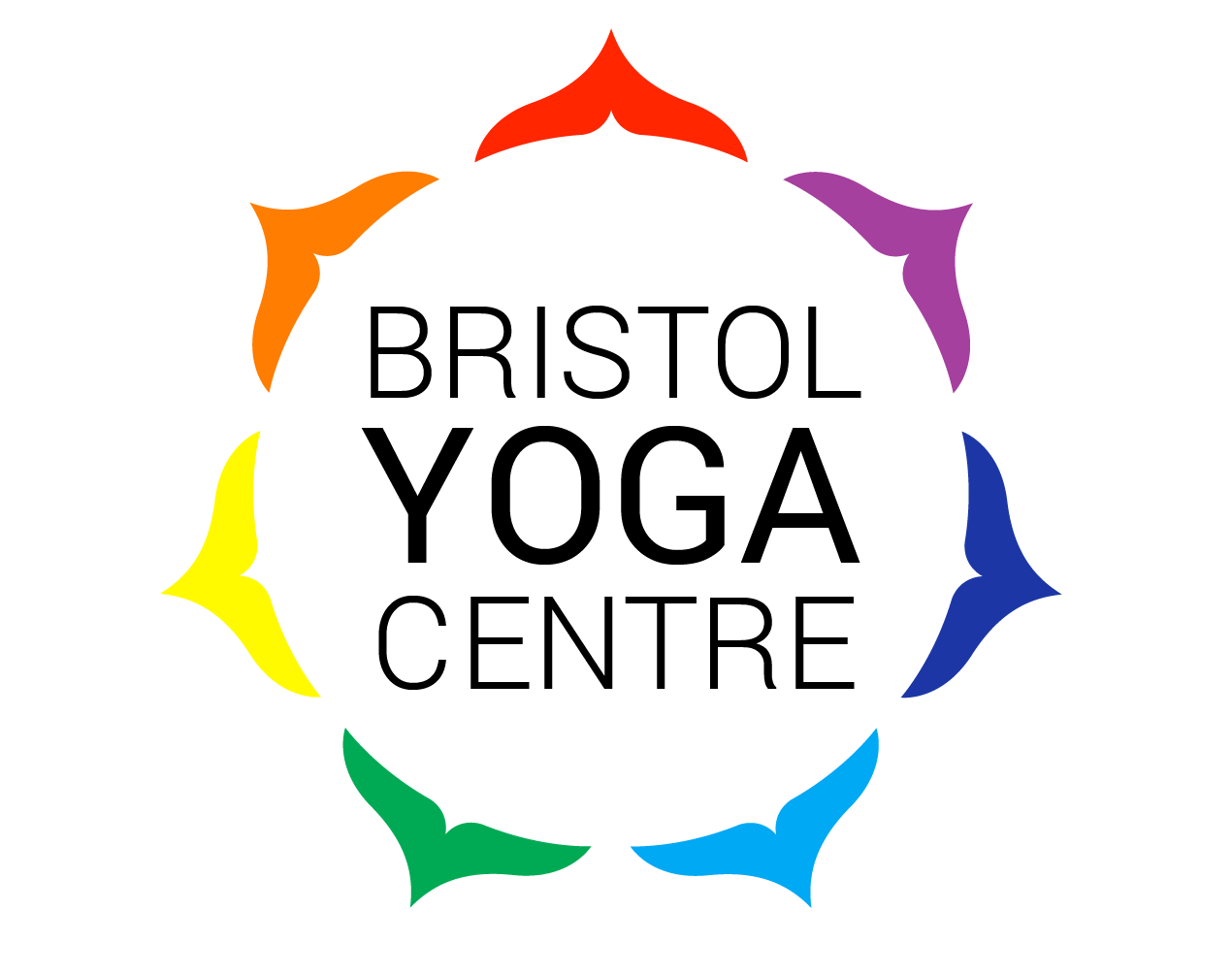We’re starting a new somatic movement and yoga class soon, so I thought it would be helpful to share some information about the style.
What is Somatic Movement
The word soma means ‘the body as perceived from within’. Somatic practice focuses on what you’re feeling in the body instead of form or outcome. Sarah Warren, the author of the Pain Relief Secret describes it as:
‘A movement that’s practiced consciously with the intention of focusing on the internal experience of the movement rather than the external appearance or the end result’.
You are encouraged to pay close attention to your body so that you can develop sensitivity and internal awareness. Somatic movement is deliberately slow and easy so you can take time to feel and undo unhelpful habitual movements patterns. The practice is designed to calm the central nervous system and re-educate the way our brain senses and moves the body.
The term ‘Somatic Movement’ was coined and popularised by Thomas Hanna in the 1970’s. He was a dedicated student of Mosche Feldenkrais (1904-1984) and was greatly influenced by his work.
Feldenkrais was an engineer, physicist, and expert in Judo and Jiu Jutsu. He had developed a whole system of physical therapy; his aim was to improve human function by increasing self-awareness through movement.
Why Somatic and Yoga?
There are many similarities between Somatics and Yoga. Both practices place importance on breathing and have a holistic view of the body, mind. They also use movement for better self-understanding.
What defines somatic movement is the belief that less is more. In other disciplines we are often encouraged to achieve certain moves or postures, but in this approach, you’ll be guided to use minimal muscular effort with easy movements. This can be liberating but it can also be challenging, as many of us have adopted the ‘no pain no gain’ motto. It can be a real shift to change our intention from achievement to curiosity. We will look beyond the outer form and cultivate an internal awareness. This genuine connection with your body will help you find new ways to cope with life challenges and changes. Combined with yoga’s philosophy of kindness and acceptance this practice can play an important role for aiding transformation.
What the class will be like
The class will be very relaxing and at the same time revealing, as it’ll gently expose our habits and how we commonly move. You’ll often be encouraged to practice with your eyes closed to minimise sensory stimulations and to take plenty of breaks in-between. This will help you to feel, absorb, and digest your experience and notice any changes from the practice. Much of somatic practice is done on the floor or in sitting but most importantly you’ll be asked to find a comfortable position that suits you.
This class will be beneficial for people with chronic pain and fatigue or those recovering from injury or illness. It’s also great for beginners and those that just want to take it slow and cultivate mindfulness. It can be a very transformative experience so really understand what the class will be like, you’ll need to experience it for yourself.
I hope to see you in class!
Our new community Somatic Movement and Yoga class with Naomi starts on 12:15-1pm every Wednesday from 25th September 2024


